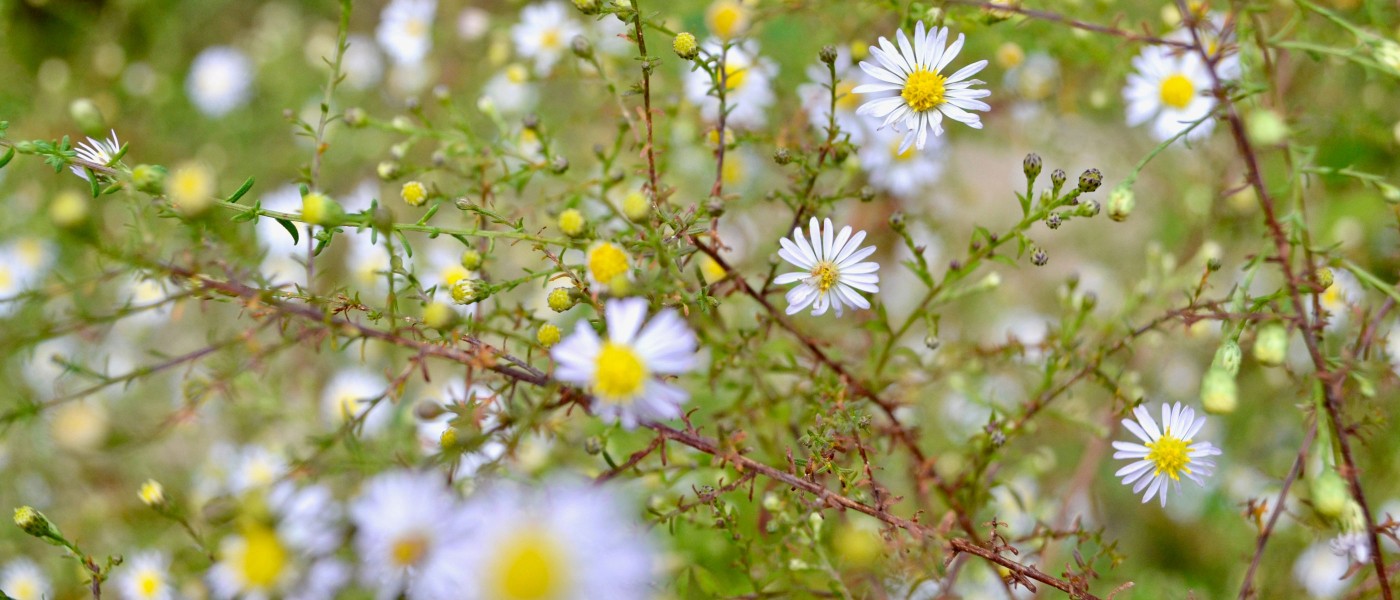Topics
Special Series
-
Seed Banking for Survival—Saving the World, One Seed at a Time
Seed banks, also known as seed archives, germplasm banks, and seed vaults, are gene banks for plants, and there are approximately 1,400 of them around the world. The projects range from small, geographically specific ones that support horticultural research and local restoration to larger, overarching projects that seek to provide the means to sustain life in the face of mass ecological catastrophe.
By Jessica Reisman -
Saving Water in the Garden
Today we may have an abundance in water but tomorrow a drought, so in the meantime, we should all learn how to curtail our water usage, both inside and outside the home.
By Medi Blum -
Cranford Rose Garden (Video)
Witness three days in June at the Brooklyn Botanic Garden's Cranford Rose Garden.
By BBG Staff -
Guerrillas of Green
Even as guerrilla gardening has helped revitalize New York's neighborhoods, the success of the gardens themselves has threatened their continued existence.
By Charles Wilson -
Stinging Nettle
Stinging nettle (Urtica dioica) has an off- putting name, but it is actually a delicious and nutritious wild green. Nettles are historically and scientifically proven to be an excellent remedy against allergies and a great general anti-inflammatory.
By Nat Bletter -
Big City, Big Trees: Caucasian Wingnut
Learn more about this impressive tree with a funny name.
By Medi Blum -
Wanted: Citizen Scientists—No Experience Necessary: Get Involved in Research Projects
Researchers at universities, advocacy groups, and government agencies are increasingly relying on the work of volunteers to collect information from the field. The work of volunteers is especially valuable in gathering data for large-scale, long-term research projects like those tracking changes in the distribution of native and invasive species and the impacts of climate change.
By Beth Hanson -
The Savage Garden
Hardly a revolutionary horticultural practice, the jardin sauvage is based in part on permitting unplanned growth, such as that of self-seeding flowers that find their own cultural niche.
By Nancy Seaton -
Sustainable Cut Flowers: A Buyer’s Guide
I consider myself a socially responsible consumer, and suddenly I just wasn't sure what I was buying into when I purchased cut flowers. I thought these issues would be worth exploring, so I traveled to Ecuador with a tape recorder, a camera, and a definite bias.
By Amy Stewart -
Bonsai Moves Indoors
Even though the art of bonsai has traditionally been practiced on hardy plants outdoors, since the middle of the last century, growing bonsai indoors has become increasingly popular. If you'd like to begin cultivating bonsai in your home but are not in the market for a cool greenhouse that can accommodate cold-hardy northern trees, the tropical and subtropical bonsai found in the southern U.S., most of South and Central America, Taiwan, southern China, Southeast Asia, and India are much more promising options to start with.
By Pat Lucke Morris





